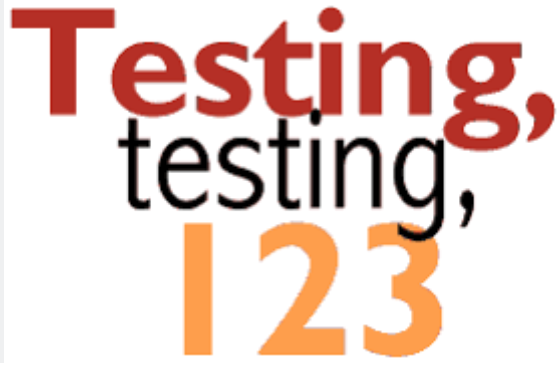“Super Scores,” “Subscores,” “Scaled Scores”… We’ve all heard these terms, and it can be overwhelming to navigate the world of standardized testing, feeling like you need a dictionary just to grasp the terminology. But fear not, we’re fluent in this language, and we’re here to simplify 10 essential standardized testing concepts, so you can concentrate on what truly matters – test preparation itself.
-
Scaled Score
-
This is your official test score. For the SAT, it ranges from 400 to 1600, while for the ACT, it spans from 1 to 36. If you’re puzzled about how your SAT score of 1230 compares to an ACT score of 25, don’t stress. You can use score percentiles to make cross-test comparisons or consult concordance tables where the work has already been done for you.
-
-
Score Percentile
-
This indicates how your score stacks up against other test-takers. If you score in the 85th percentile on an SAT or ACT, it means you outperformed 85% of the test-takers. Percentiles are a valuable tool to evaluate your performance across tests and to keep your score in perspective.
-
-
Section Scores & Subscores
-
Section scores are given for specific test sections. The SAT has two sections, combining Reading & Writing and a Math section, while the ACT has four: English, Math, Reading, and Science.
-
Subscores, which used to be provided for individual content areas, have been replaced by performance breakdowns under “Knowledge and Skills” on the SAT and “Detailed Results” on the ACT. These reveal the percentage of questions you answered correctly in specific content categories, like “Standard English Conventions” or “Advanced Math.” Subscores offer insights into your strengths and weaknesses but remember to interpret them with caution.
-
-
Score Choice & Superstores
-
Score Choice, introduced by the College Board, allows you to select which SAT scores you send to colleges and omit the ones you’d rather not show. However, not all colleges accept this option, and it might not always be in your best interest, especially if you have the potential for a good superscore.
-
A superscore is a calculated score that combines your highest section scores from the same test taken on different official test dates. Many colleges consider this score for admissions. However, avoid the temptation to underperform on sections you don’t need for your superscore. It’s wise to be strategic in your preparation and aim for a strong performance in all test sections.
-
-
Score Cancelling
-
This option allows you to cancel your test score within a short window after the test if you feel it didn’t go well. Colleges will remain unaware of the score. Use this option sparingly, as predicting your score based on your test experience can be challenging, and even a seemingly mediocre performance could contribute to a higher superscore.
-
-
PSAT/NMSQT
-
The Preliminary SAT/National Merit Scholarship Qualifying Test is used to assess National Merit Scholarship eligibility. It’s a slightly easier version of the SAT, with a score range from 320 to 1520. Despite the variations, PSAT scores are designed to predict SAT scores and can be an excellent starting point for SAT preparation.
-
-
PSAT 8/9 and PSAT 10
-
These versions of the PSAT are tailored for 8th/9th and 10th graders as practice before taking the PSAT/NMSQT in 11th grade. While the PSAT 10 is identical in content and structure to the PSAT/NMSQT, the PSAT 8/9 is slightly easier. Both omit some content tested in the SAT.
-
-
National Merit Semifinalist
-
High school students who score among the top scorers in their state on the PSAT/NMSQT receive this designation. The score required to be a semifinalist varies by state but generally surpasses 1400. Semifinalists have the opportunity to become National Merit Finalists and earn scholarships.
-
-
PreACT
-
Similar to the PSAT’s relationship with the SAT, the PreACT is a preliminary version of the ACT, providing students with a feel for the test format and an idea of their potential performance on the full ACT. The PreACT is slightly easier and shorter than the ACT.
-
-
Middle 50%
-
Colleges often release information about the test scores of admitted students. The “middle 50%” refers to the score range where the middle 50% of admitted students’ scores fall. This range gives you an idea of what test scores would be competitive at that institution. However, remember that 25% of students were admitted with scores below this range and 25% with scores above it. Seek guidance from experts who can assess your entire application and help you make informed admissions decisions tailored to your unique case.
-
If you are interested in preparing for your next standardized test, contact us! Our clients receive special pricing through our preferred test prep companies HIGHER SCORES.

